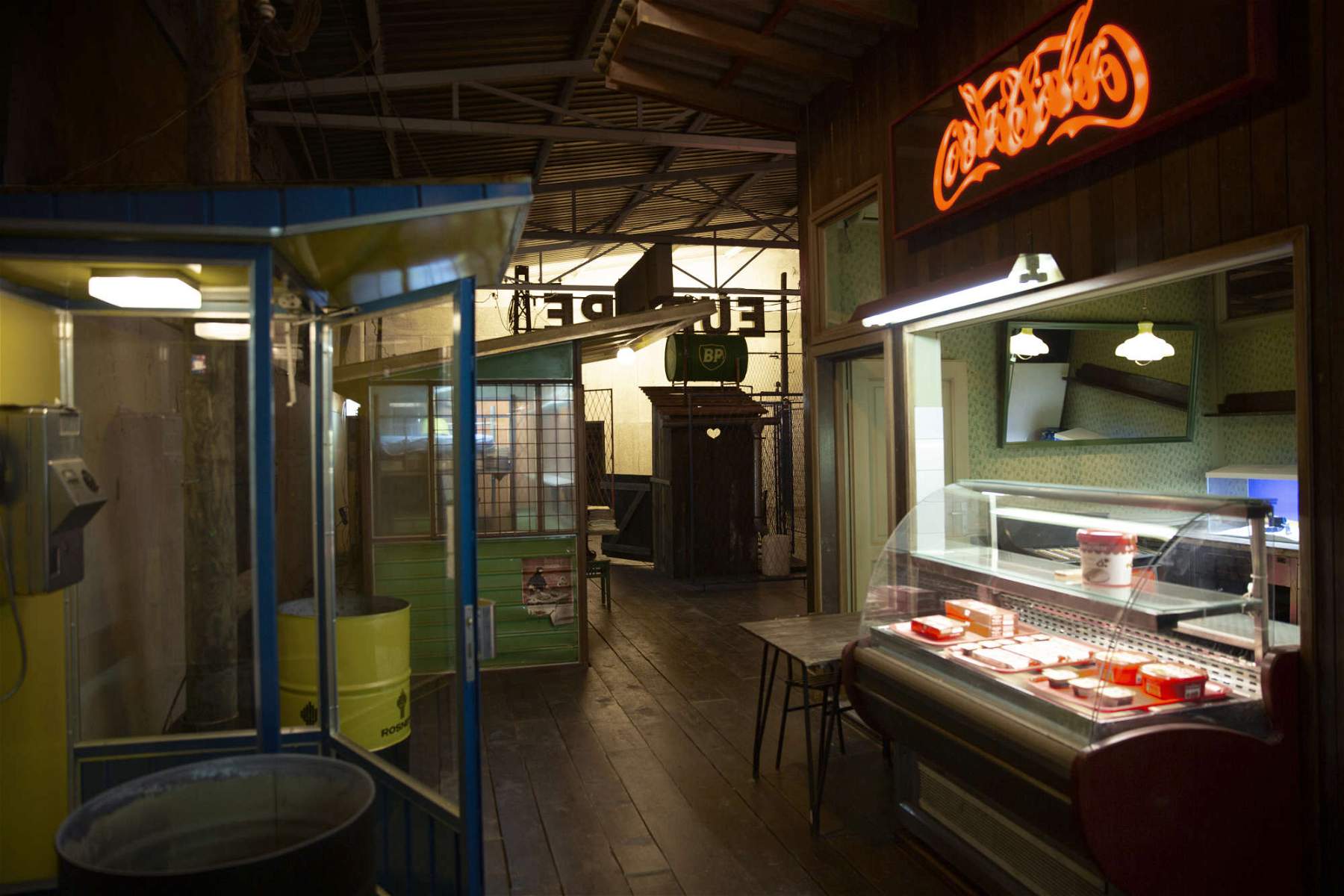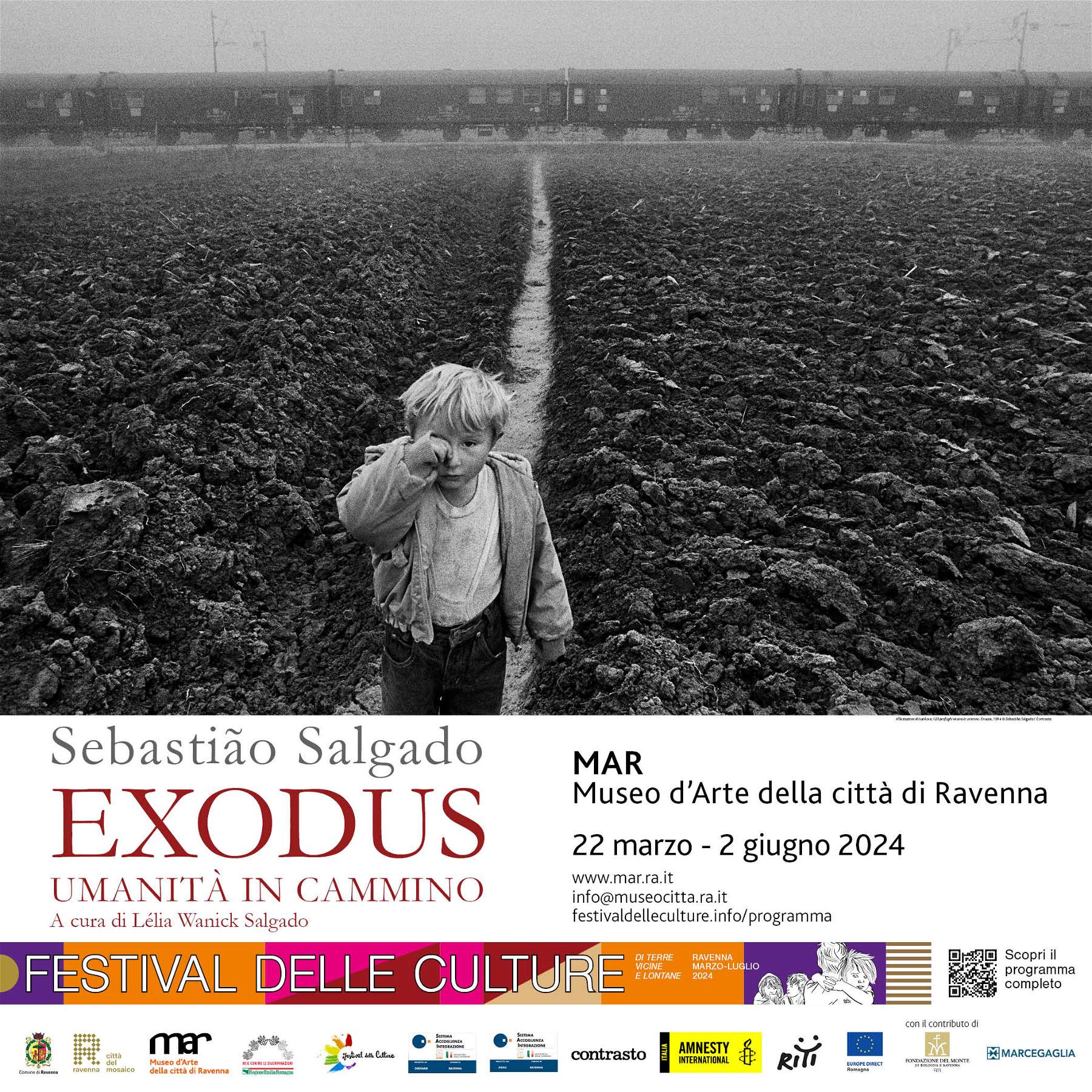Strangers in their own country: Aleksandar Denić's project for the Serbian Pavilion at the Biennale
Entitled Exposition Coloniale , Serbia ’s exhibition at the Venice Biennale 2024: representing the Balkan country is Aleksandar Denić (Belgrade, 1963), who is exhibiting his project in the Serbia Pavilion exhibition curated by Ksenija Samardija. The idea is to present spaces and places of transit, i.e., temporary residences, that become social relics or moments of anxiety conveyed by a society where foreigners and strangers are always encountered. This is how Serbia responds to the Strangers Everywhere theme of the 2024 edition of the international exhibition.
Denić’s project translates into a large installation housed in the Pavilion of Serbia, which still bears on its facade the monumental inscription "Yugoslavia," the name of which recalls a nation that dissolved geo-politically following the devastating conflicts of the 1990s. In this context, architecture, according to the organizers, is transformed into an emotional structure, revealing that it is not only form and function, but is intrinsically linked to the surrounding social and cultural context. Thus, the National Pavilion becomes not only a representative building, but a living monument of a fragmented country and a lost identity.
Thus, Serbs, upon entering their National Pavilion, feel like foreigners in their own country, according to the artist. And it is in this space of reflection and unease that Aleksandar Denić intervenes, being a foreigner himself, having moved to Germany long ago. Exposition Coloniale curator Ksenija Samardija explains that the central concept guiding the artist throughout the project revolves around the use of “place.” The pavilion’s space is conceived as a heterotopia, a term coined by French philosopher Michel Foucault to denote spaces that are connected to all others, but in such a way as to suspend, neutralize or reverse the set of relationships that they themselves designate, reflect or mirror.
Ksenija Samardija explains, “Denić is a master at manipulating spatial elements by creating a dialectic between distinct architectural situations that are visually striking and conceptually provocative. Through the manipulation of spatial elements, Denić creates a tension that comes not only from the physical work itself, but rather from the interaction between the viewer and a narrative on different levels. The presence of sounds, melodies, lights, ventilation systems, and other sensory elements adds further complexity to the installation and further contributes to disturbingly blurring the line between the real and the emotional. The result is a dynamic and immersive spatial experience that relies on fully reinterpreted and originally constructed realistic components. Denić’s installations do not refer to a specific place and time, but represent familiar patterns that we all recognize and could be found anywhere. His ability, at once monumental and subtle in the intimacy of detail, to create a dialectic between the ’pure realm’ and the surreal places us in an uncertain dimension of disconfirmation by manifesting itself as déjà vu or an intensely experienced memory that disconcerts us. The creation of an experience of reality experienced through agitation and tension is directly related to Heiner Müller’s thesis about the constant need to question the system of thought and values through the function of art, so as to make reality impossible.”
Aleksandar Denić, born Oct. 31, 1963, in Belgrade, is a Serbian visual artist and film set designer. His fame comes mainly from his work as a set designer for feature films and collaborations with major theaters and plays in several European cities, including Berlin, Hamburg, Stuttgart, Bayreuth, Paris, Zurich, Vienna, Salzburg, Cologne, Munich, Geneva and Athens. Denić graduated from the Academy of Applied Arts at the Belgrade University of the Arts, specializing in painting, film and set design. After his studies, he focused his work primarily as a production designer for film projects, including Emir Kusturica’s film Underground. Starting in 2011, he began a close collaboration with Frank Castorf, becoming one of the most active and recognized European set designers in the last decade. His visual interpretations of dramatic texts transform the stage into a complex semiotic system, exploring postmodernism through artistic means, everyday life, history, identity and the relationship between theater and media, as well as the social tasks and opportunities of art itself. Denić’s stage designs represent some of the most acclaimed and successful on the European and world stage, recognized for their ability to consciously explore the communicative potential of the stage form. For his work, Denić has received numerous prizes and awards.
Pictured is a detail of Aleksandar Denić’s installation at the Pavilion of Serbia.
 |
| Strangers in their own country: Aleksandar Denić's project for the Serbian Pavilion at the Biennale |
Warning: the translation into English of the original Italian article was created using automatic tools. We undertake to review all articles, but we do not guarantee the total absence of inaccuracies in the translation due to the program. You can find the original by clicking on the ITA button. If you find any mistake,please contact us.




















